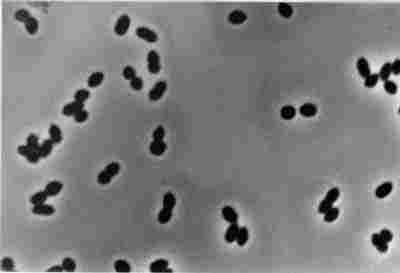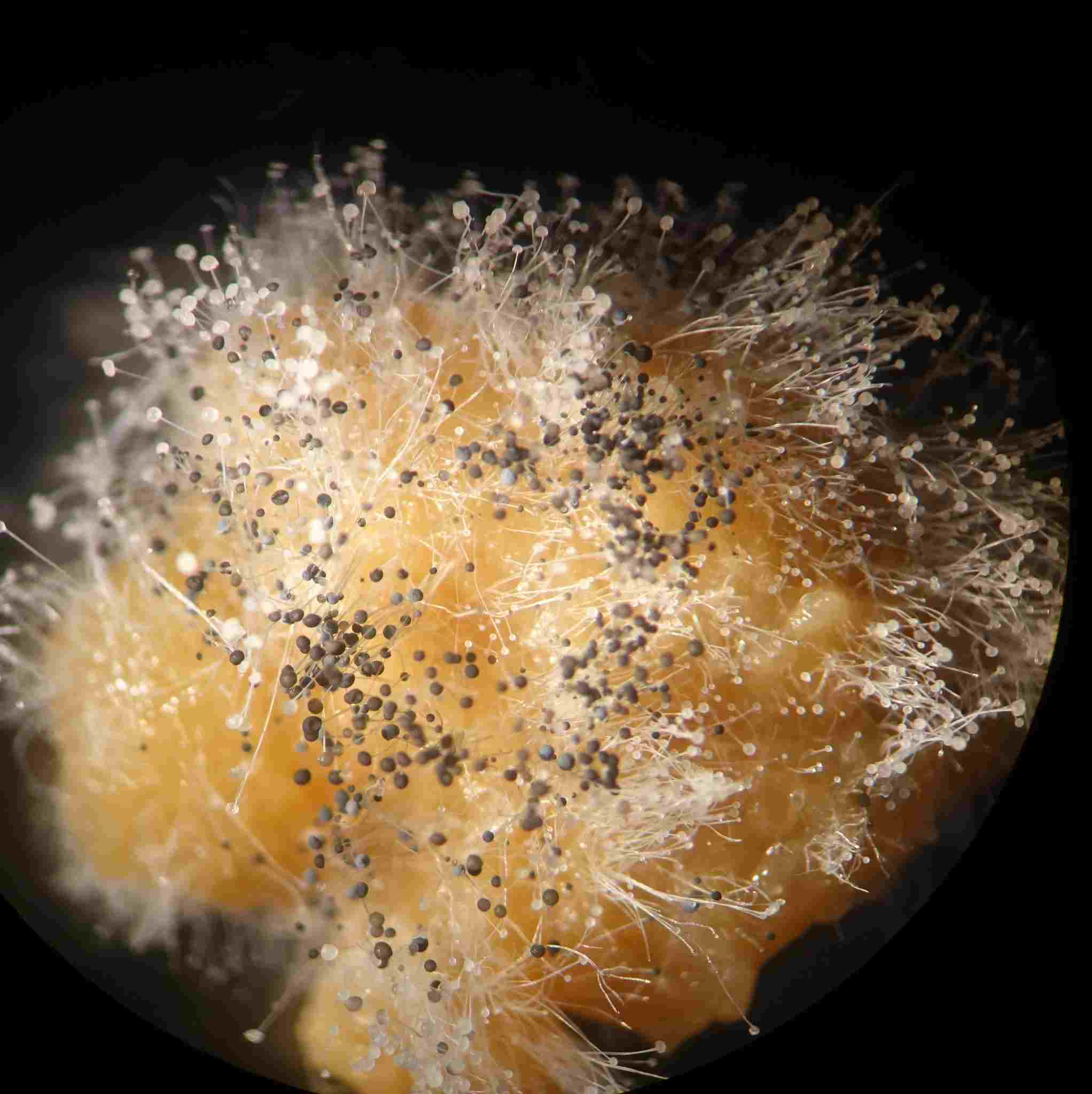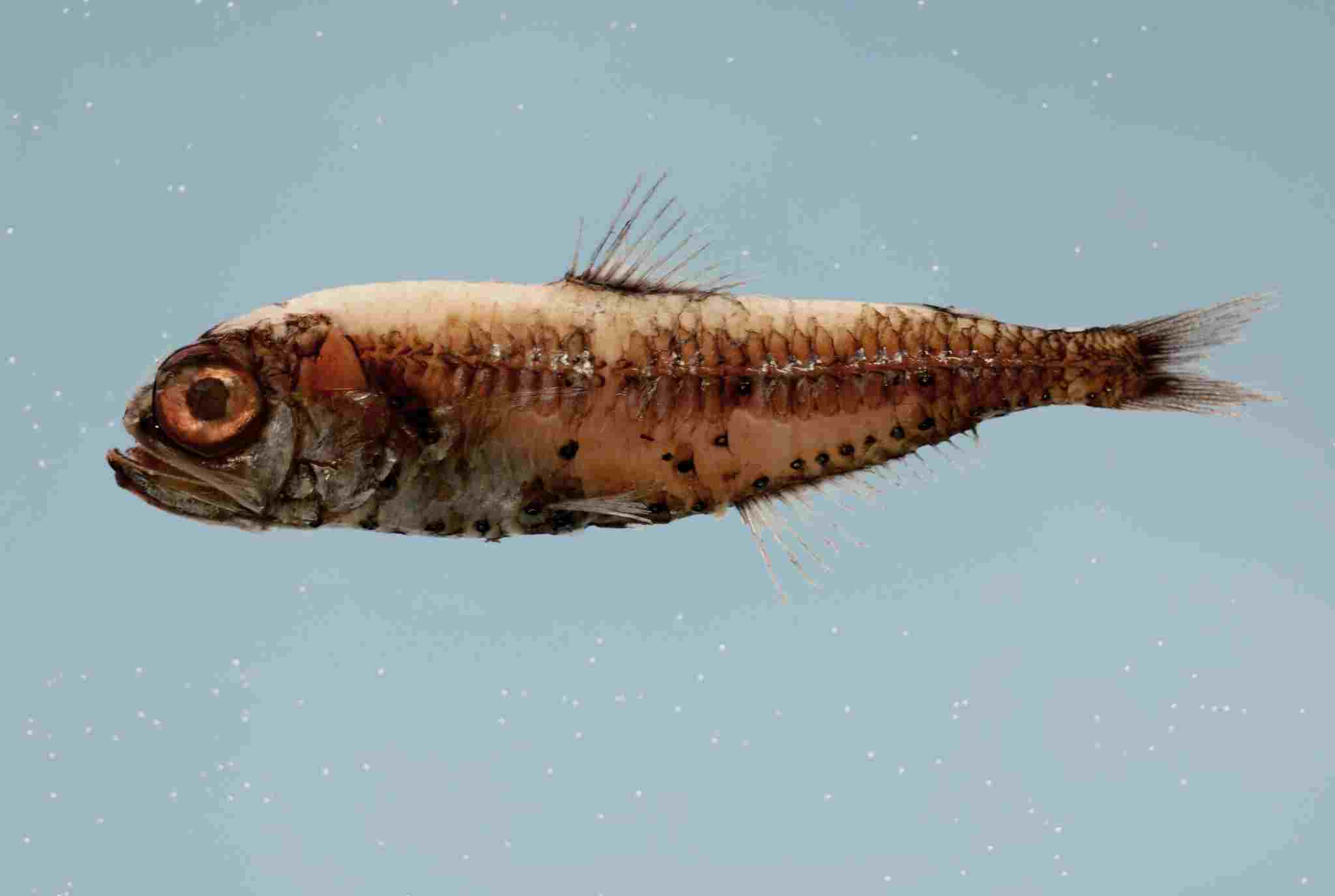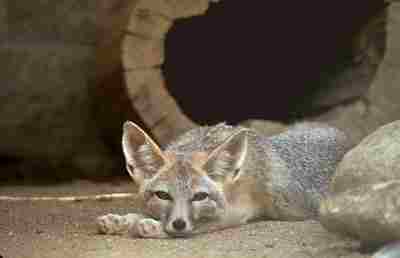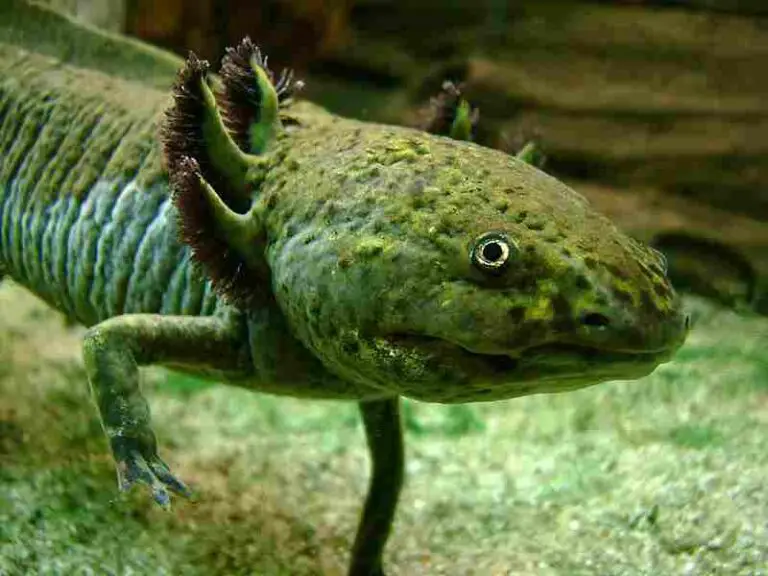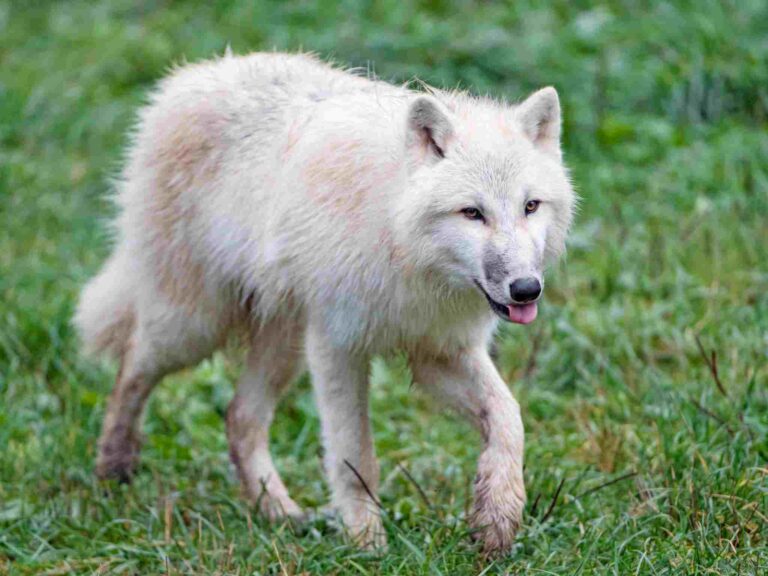35+ Decomposers in the Ocean and Their Basic Attributes/Functions
Decomposers in the ocean include saprophytes like Marinobacter spp., Mucor spp., detritivores like amphipods, and scavengers like zombie worms, which are involved breakdown and recycling or organic matter and nutrients.
| Organism | Characteristics |
Ecological Importance
|
| Desulfovibrio spp. | Anaerobic, Gram-negative, sulfate-reducing bacteria |
Sulfur cycle, remediation in sulfate-contaminated environments
|
| Marinobacter spp. | Gram-negative, aerobic, versatile metabolism |
Marine organic matter cycling, oil spill cleanup
|
| Nitrosomonas spp. | Gram-negative, aerobic, nitrification |
Nitrogen cycle, conversion of ammonia to nitrite
|
| Pelagibacter spp. | Small, marine bacterioplankton, carbon cycle |
Dominant in marine bacterioplankton, carbon and sulfur cycling
|
| Pseudoalteromonas spp. | Gram-negative, aerobic, bioactive compounds |
Marine biofilms, symbiotic relationships, potential pollutant degradation
|
| Roseobacter spp. | Gram-negative, marine, diverse metabolism |
Symbiotic relationships, sulfur compound cycling
|
| SAR11 bacteria | Small, abundant marine bacteria, high genomic diversity |
Dominant in open oceans, key players in carbon cycling
|
| Vibrio spp. | Gram-negative, facultatively anaerobic, diverse species |
Nutrient cycling in marine ecosystems, pathogenic to some organisms
|
| Aspergillus spp. | Filamentous fungi, soil, and decaying organic matter |
Decomposition of organic material, symbiotic relationships with plants
|
| Aureobasidium spp. | Yeast-like fungi, widespread in air, soil, and water |
Decomposition of organic matter in various habitats
|
| Cladosporium spp. | Common mold, soil, plants, dark-colored spores |
Decomposition of organic matter, potential plant pathogen
|
| Fusarium spp. | Filamentous fungi, soil, plants, pathogenic species |
Nutrient cycling in soil ecosystems, degradation of organic compounds
|
| Labyrinthulomycetes | Protists, slime nets, marine and freshwater environments |
Microbial loop in aquatic ecosystems, decomposition of organic matter
|
| Mucor spp. | Fast-growing filamentous fungi, soil, food |
Decomposition of organic matter, industrial applications
|
| Rhizophydium spp. | Waterborne, parasitic fungi, plant surfaces |
Decomposition of plant material, potential interactions with hosts
|
| Trichoderma spp. | Filamentous fungi, ubiquitous in soil |
Symbiotic relationships with plant roots, biocontrol of plant pathogens
|
| Amphipods | Small crustaceans, marine, diverse species |
Nutrient cycling in aquatic ecosystems, prey for larger organisms
|
| Bristle-mouth Fish | Small, deep-sea fish, biomass, carbon cycling |
Key in deep-sea food webs, contribution to carbon cycling
|
| Crabs | Decapod crustaceans, marine and freshwater |
Scavengers, predators, influence on nutrient cycling
|
| Giant Isopods | Deep-sea isopods, scavengers, abyssal depths |
Contribution to nutrient cycling through scavenging
|
| Hagfish | Jawless, eel-like, slime production, cold waters |
Scavengers, role in deep-sea ecosystems, contribute to nutrient cycling
|
| Heterotrophic Bacteria | Bacteria obtaining carbon from organics |
Crucial in nutrient cycling, decomposition of organic matter
|
| Holothurians | Echinoderms, sea cucumbers, nutrient cycling |
Contribution to nutrient cycling through sediment ingestion
|
| Lobsters | Decapod crustaceans, marine and freshwater |
Predators, scavengers, contribute to nutrient cycling
|
| Sea Urchins | Echinoderms, herbivores, kelp forests |
Grazing on algae, maintenance of ecosystems
|
| Copepods | Small crustaceans, planktonic, aquatic environments |
Key grazers on phytoplankton, integral to aquatic food webs
|
| Blue Shark | Large pelagic shark, apex predator |
Regulation of prey populations, indication of ocean health
|
| Giant Tube Worms | Deep-sea tubeworms, hydrothermal vents |
Pioneer species in hydrothermal vent ecosystems, provide habitat
|
| Humpback Anglerfish | Deep-sea anglerfish, bioluminescent lure |
Adapted to low-light conditions, part of deep-sea food webs
|
| Lanternfish | Small, deep-sea fish, vertical migrations |
Role in carbon cycle through migrations, prey for predators
|
| Osedax Worms | Deep-sea worms, bone consumption |
Decomposition of vertebrate remains, recycling nutrients
|
| Sleeper Sharks | Deep-sea sharks, slow swimmers |
Mesopredators in deep-sea ecosystems, regulation of prey populations
|
| Sperm Whale | Large marine mammals, deep-diving |
Apex predators, structuring deep-sea ecosystems
|
| Squid | Cephalopods, marine, fast swimmers |
Integral part of marine food webs, contribute to nutrient cycling
|
| Viperfish | Deep-sea fish, fang-like teeth, bioluminescence |
Predatory, adaptation to low-light conditions
|
| Zombie Worms | Deep-sea polychaete worms, bone-consuming |
Key decomposers of whale carcasses, specialized in bone breakdown
|

